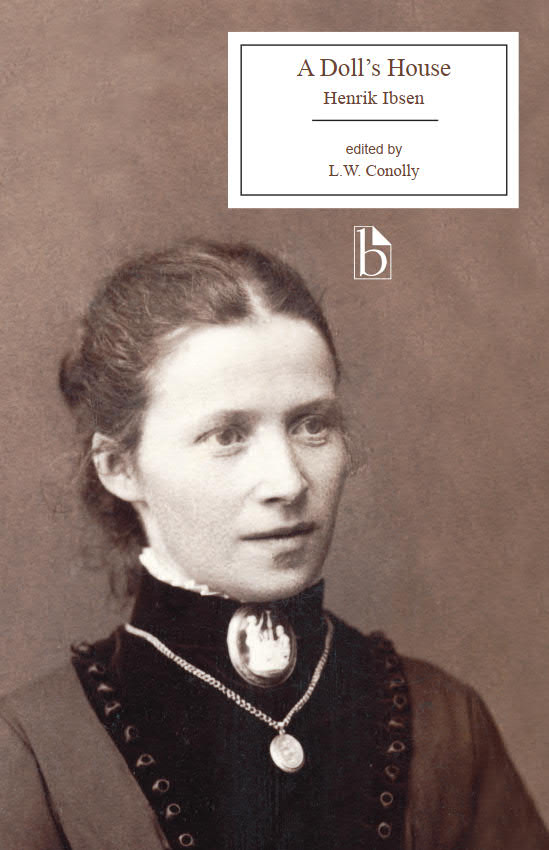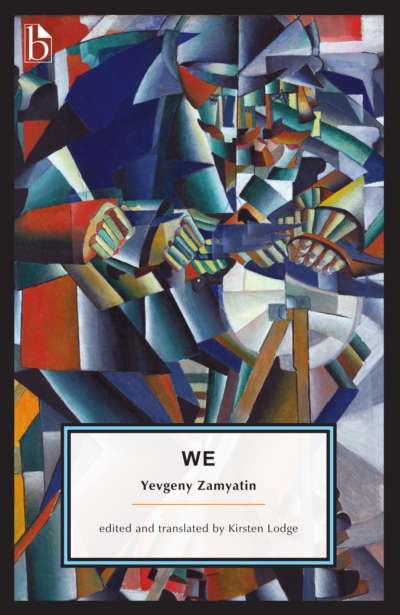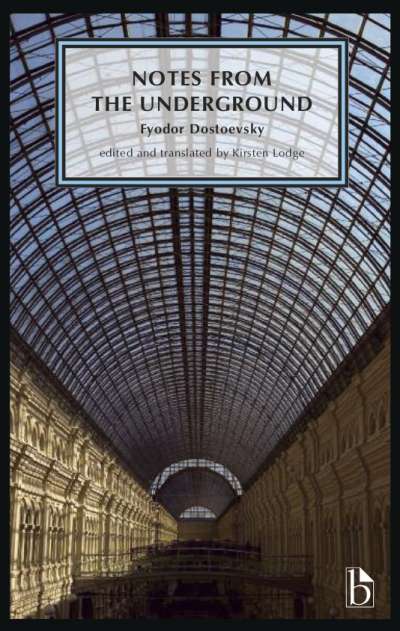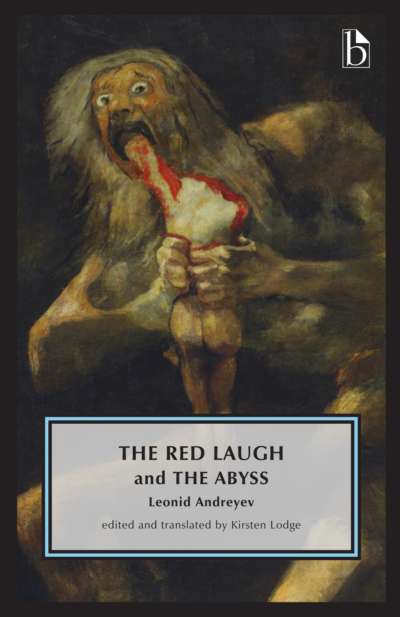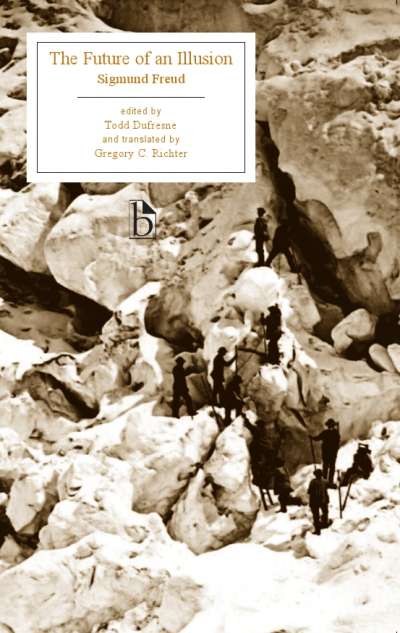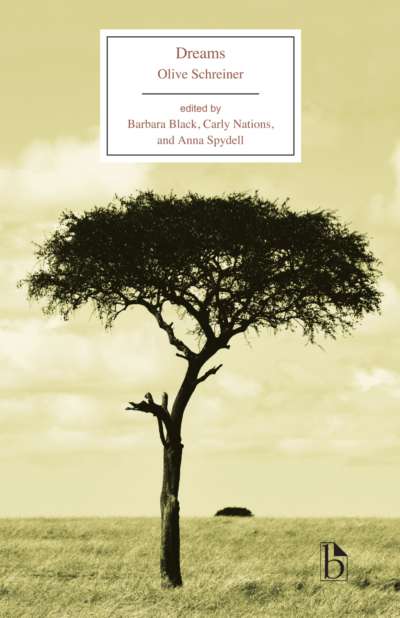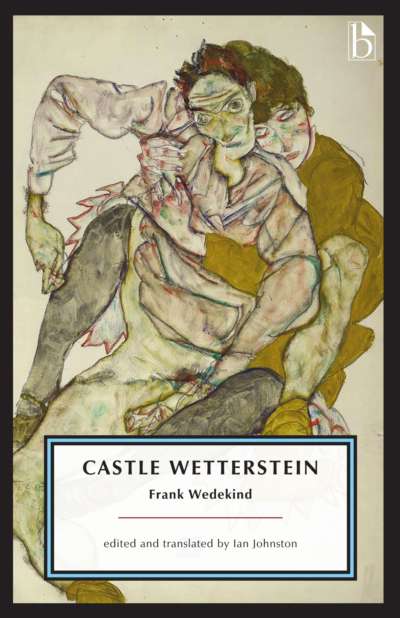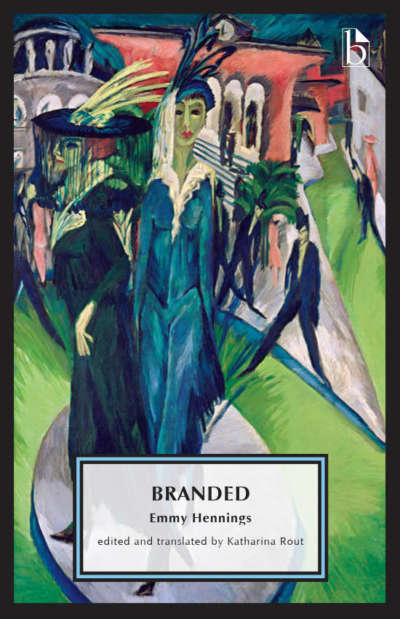This edition of one of the Western canon’s most iconic plays brings back into print the pivotal 1890 translation by William Archer. It was this translation that was largely responsible for the huge impact that A Doll’s House had in the English-speaking world, igniting as it did, in the words of one critic, “a firestorm of critical debate and dissent” about marriage and women’s rights. Accompanying the comprehensively annotated text of the play is a substantial introduction that combines critical analysis with biographical and historical context.
An extensive series of appendices provides extracts from contemporary adaptations of A Doll’s House; writings by William Archer and Bernard Shaw about the play; reviews of early productions in London, New York, Montreal, and Sydney; contemporary documents relating to Ibsen and feminism; and views of actresses on playing the role of Nora.
Comments
“With its balanced introduction and thoughtfully selected contextual materials (parodies, performance reviews, and more), Leonard Conolly’s volume is a valuable and accessible resource for first-year drama students and seasoned Ibsen scholars alike. It allows twenty-first-century readers to see with fresh clarity the controversy that Ibsen’s play sparked nearly a hundred and fifty years ago—and to recognize, perhaps, that the debate has not subsided quite yet.” — Mary Christian, Middle Georgia State University
“This excellent edition of A Doll’s House shows twenty-first-century readers exactly why Ibsen’s play galvanized their nineteenth-century counterparts—and why its impact remains apparent on our stages, in our classrooms, and in the societies of which they are a part. Conolly provides the critical analysis and historical context necessary to understand what aspects of the play and its author were, and were not, considered revolutionary in multiple national and theatrical settings. Conolly’s contributions to this volume make for lively and informative reading, and his presentation of William Archer’s translation makes the play-text clear and accessible for today’s students. The well-selected appendix materials make for useful and enjoyable reading in and of themselves—especially the adaptations, ‘sequels,’ parodies, and Ibsen’s own alternative ending. As a teacher of modern drama, I have long hoped for an edition of A Doll’s House that was as suitable for students as this one—and now, I am glad to say, I have it.” — Jennifer Buckley, University of Iowa
Acknowledgements
Introduction
Henrik Ibsen and A Doll’s House: A Brief Chronology
A Note on the Text
A Doll’s House
A Note on Nora’s Final Exit
Appendix A: Contemporary Adaptations, Sequels, and Parodies
- 1. From a letter from Ibsen to a Danish newspaper regarding the ending of the play (17 February 1880)
- 2. Ibsen’s alternative ending (1880)
- 3. From Henry Arthur Jones and Henry Herman, Breaking a Butterfly (1882)
- 4. From August Strindberg, “A Doll’s House” (1884)
- 5. From Walter Besant, “The Doll’s House—and After,” The English Illustrated Magazine (October 1890)
- 6. From Ednah Dow Cheney, Nora’s Return: A Sequel to The Doll’s House (1890)
- 7. From Israel Zangwill and Eleanor Marx-Aveling, “A Doll’s House Repaired,” Time (March 1891)
- 8. From F. Anstey, “Nora; or, The Bird-Cage,” Mr Punch’s Pocket Ibsen (1893)
Appendix B: William Archer and A Doll’s House
- 1. From Archer’s review of the first performance in England of A Doll’s House, Dramatic Review (4 April 1885)
- 2. From a letter to Charles Archer (13 June 1889)
- 3. From “Ibsen and English Criticism,” Fortnightly Review (July 1889)
- 4. From William Archer, The Theatrical “World” for 1893 (1894)
- 5. From The Collected Works of Henrik Ibsen (1906)
Appendix C: Bernard Shaw and A Doll’s House
- 1. On A Doll’s House, Penny Illustrated Paper (1 June 1889)
- 2. From Shaw’s review of A Doll’s House, Manchester Guardian (8 June 1889)
- 3. From a letter to William Archer (11 June 1889)
- 4. From “Still after the Doll’s House,” Time (February 1890)
- 5. From The Quintessence of Ibsenism (1891)
- 6. From “A Doll’s House Again,” Saturday Review (15 May 1897)
- 7. From “The Technical Novelty in Ibsen’s Plays,” The Quintessence of Ibsenism (1913)
Appendix D: The Critics
- 1. In London
- a. From The Era (28 March 1885)
- b. From The Times (8 June 1889)
- c. From The Globe (8 June 1889)
- d. From The Daily Telegraph (8 June 1889)
- e. From The Pall Mall Gazette (8 June 1889)
- f. From The Spectator (21 June 1889)
- g. From Clement Scott, “A Doll’s House,” The Theatre (1 July 1889)
- 2. In America
- a. From The Courier-Journal [Louisville, Kentucky] (8 December 1883)
- b. From The New York Times (27 September 1889)
- c. From The Boston Globe (31 October 1889)
- d. From The [New York] Sun (22 December 1889)
- e. From The New York Times (22 December 1889)
- f. From The [New York] Evening World (23 December 1889)
- g. From The [New York] Sun (16 February 1894)
- h. From The [New York] Evening World (7 June 1895)
- 3. In Montreal and Sydney
- a. From The [Montreal] Gazette (18 February 1890)
- b. From The Sydney Morning Herald (19 July 1890)
Appendix E: Feminism
- 1. Henrik Ibsen, “Notes for the Tragedy of Modern Times” (19 October 1878)
- 2. From Henrietta Frances Lord, preface to her translation of A Doll’s House (1882)
- 3. From August Strindberg, preface to Getting Married (1884)
- 4. From Havelock Ellis, The New Spirit (1890)
- 5. From Ellen Battelle Dietrick, “The Doll’s House—T’Other Side,” Women’s Penny Paper (15 and 22 March 1890)
- 6. From Annie Nathan Meyer, “Ibsen’s Attitude Towards Woman,” The Critic [New York] (22 March 1890)
- 7. From Max Nordau, Degeneration (1895)
- 8. From Ibsen’s speech to the Norwegian Women’s Rights League (26 May 1898)
- 9. From Louie Bennett, “Ibsen as a Pioneer of the Woman Movement,” The Westminster Review (March 1910)
Appendix F: Acting Nora
- 1. From “Nora Helmer off for the Antipodes: An Interview with Miss Janet Achurch,” The Pall Mall Gazette (5 July 1889)
- 2. From “Ethel Barrymore on Nora Helmer” (6 May 1905)
- 3. Alla Nazimova, “Ibsen’s Women,” The Independent (17 October 1907)
- 4. From Elizabeth Robins, Ibsen and the Actress (1928)
- 5. From Liv Ullmann, Changing (1976)
Works Cited and Select Bibliography
L.W. Conolly is Professor Emeritus of English, Trent University; Honorary Fellow, Robinson College, Cambridge; Fellow of the Royal Society of Canada; and Senior Fellow, Massey College, Toronto. He is the editor of the Broadview Editions of G.B. Shaw’s Mrs Warren’s Profession (2005) and The Philanderer (2015), as well as a General Editor of The Broadview Anthology of British Literature. He has published widely on Canadian and British theatre, especially Shaw and his period, most recently Bernard Shaw on the American Stage (Palgrave Macmillan, 2022).

